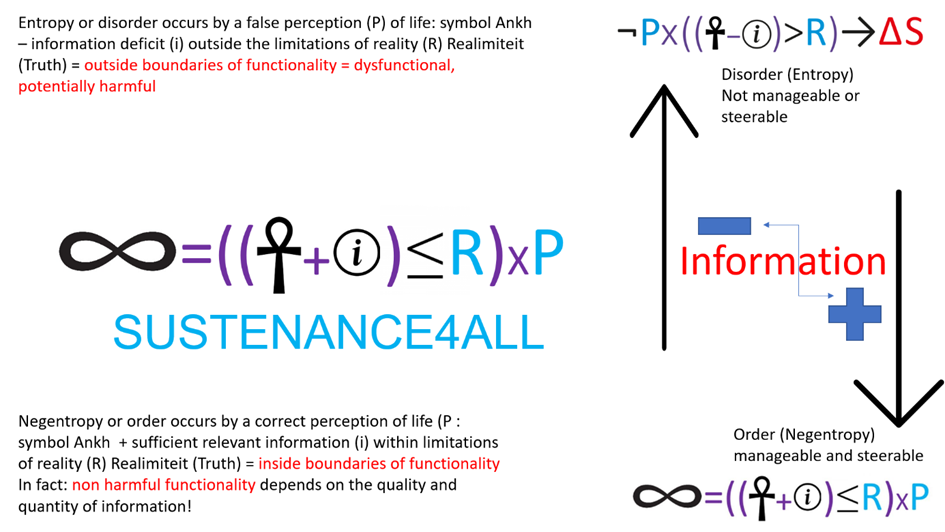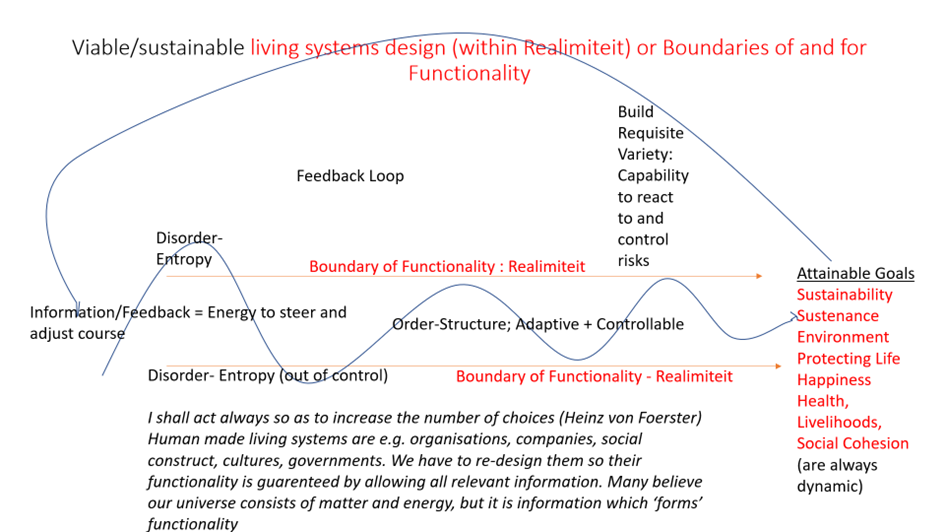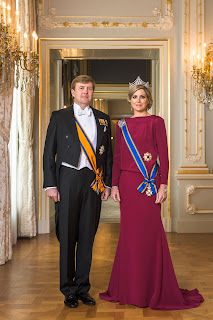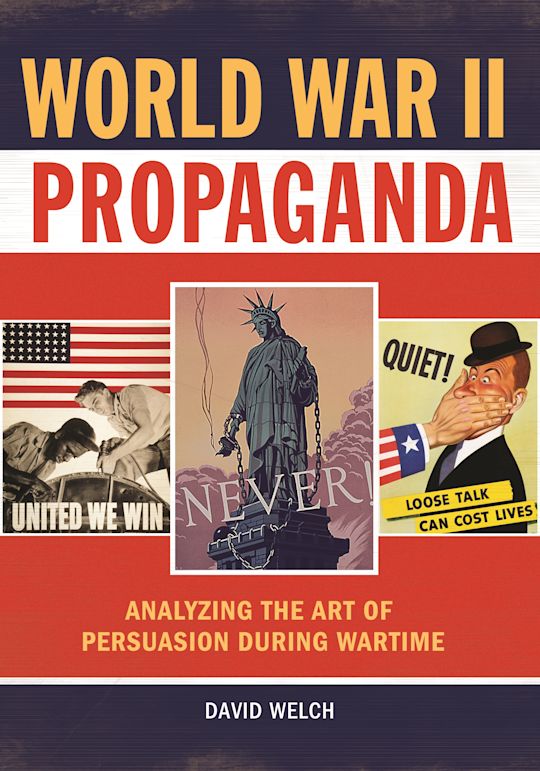Information is the primary substance of the universe
Information is the
primary substance of the universe.
In Grammatical Man by Jeremy Campbell
we read this:
‘Information is a word that has never
been easy to pin down. In its most familiar sense, information today is news,
intelligence, facts and ideas that are needed and passed on as knowledge. But a
more active and constructive meaning as something that gives a certain shape or
character to matter, or to mind; a force that shapes behaviour, trains,
instructs, inspires and guides. Information gives form to the formless, DNA
codes are information and form human thought patterns. In this way, information
spans the disparate fields of space computing, classical physics, molecular
biology and human communication, the evolution of language and the evolution of
man. Nature can no longer be seen as matter and energy, but must be interpreted
as matter, energy and information.’
The universe is a physical system that
contains bits of information. Every elementary particle carries bits of
information. Electrons carrying information interact in a systematic way to
perform a quantum logic operation. A computer and our mobile phones work like
the universe because they are part of the universe and to work they must obey
the same physical laws. Computers and the universe are information processors.
Quantum computing is currently possible because of information, the universe
already works this way. (Lloyd, Seth, 2016). Quantum information
processing analyses the universe in terms of information: the universe consists
not only of photons, electrons, neutrinos and quarks, but also of quantum bits
or qubits. Professor Lloyd says that the universe is a gigantic computer, which
processes information in quantum bits (qubits). Cosmologist Paul Davies says: ‘Instead of seeing matter as
the primary substance of the universe, we think that information is the primary
substance of the universe.’ (Davies, Paul, 2020)
The universe, a computer, the human
body, the environment, companies; all living systems are information carriers, receptors
and/or transmitters dependent on communication. The information they carry can
be understood as meaning, observed and grasped by the human consciousness and
processed by its brain. Without the human ability to interpret information and
meaning, the usefulness (functionality) of bits of information could not have
been observed. The first entry point of information is the human
observation by his subconscious and conscious perception ability. Therefore it
is of crucial important how man interprets the information, because what it means
to him or her will ‘in form i.e. give form’ to one’s lived reality. A false
perception by misunderstanding or deliberately invoked by lies or propaganda
causes man to make choices that may be or become harmful to life, the
environment and social cohesion.
I made a short Power Point presentation
to depict the sciences that form the basis of this theory, which I called the
Realimiteit Theory. It means that reality has limitations, a secure bandwidth
in which life is sustained, which I call the boundaries of functionality. So
there is a need to define our observed and experienced reality within which we
as a living system must live, can survive and evolve. Functionality, therefore,
can never be a lie, an untruth, but must take place within the limits of truth.
You cannot jump off a high mountain and survive. If you want to cross the road,
you will not get far if you only look to the left. If you fall into the water,
you have to be able to swim or you will drown, and so on. So reality = the
truth.
If you take the slides, I will explain
how to read them:
The first equation demonstrates
Anthropogenic Entropy (human-induced disorder), i.e. Wrong/False (¬)Perception
(P) x (Ankh (life) minus Information) beyond R, Realimiteit) leads to or
accelerates entropy. The system is dysfunctional, ungovernable and
uncontrollable.
Human Perception + Consciousness (P) is
the concluding feedback loop that determines the order, the control and the
necessary corrections (control).
Note: the equation for Anthropogenic
Negentropy (man-made) order, sustainability: Continuity (Symbol of Infinity) =
((Life; all living systems: symbol Ankh + Information: symbol i) within the
limitations/limits of reality or Realimiteit (R) or the boundaries of
functionality x Perception (P) via Consciousness verified by Conscience. The
living system functions optimally, is controllable and manageable.
Without information (communication)
living systems cannot survive because they cannot learn. In fact, it is
information that gives universal energy and matter its functionality and
ensures evolution - survival. This also applies to our DNA which is both; the
messenger and the message.
When human-made living systems
(organisations, companies, industries, politics) are governed within the limits
of functionality or limits of reality, they can be governed by all relevant
information and therefore maximally, but not completely, controlled in a
non-linear universe. If the limits of reality are exceeded, such systems will
inevitably fall into entropy (disorder) and become uncontrollable.
This is the Realimiteit Principle
which, when adhered to, is the key to returning living systems to homeostasis
and autopoiesis (self-maintenance and preservation), i.e. within the realm of
reality or the limits of functionality, no longer harmful to human or non-human
life, the environment or social cohesion.
Physics confirms that the universe
consists of energy, matter and information and that these are inseparable.
Information cannot be separated or divorced from our physical world and
reality. Information creates order and structure. Like energy, heat, pressure
or the speed of light, information obeys the universal laws of physics.
Desired goals can only be achieved and
sustained if they exist and remain within the natural limits of functionality
that depend on cognition: the mental act or process of acquiring knowledge
through thought, experience and the senses, i.e. interaction with the
environment through a continuous exchange of information. We conclude that the
conditions for man-made organisations or systems are learning and adaptation.
Non-learning, the refusal to allow information in, means that such
organisations and organisms die because they stop communicating.
The 2nd and 3rd slides represent
feedback loops; if you follow the line of the information flow from left to
right, you can see that it sometimes crosses the boundaries of functionality
and enters the entropic (disorderly) zone. You can then add information to
continue within those boundaries to achieve your goal. Because this is a
dynamic process, the learned information will have to be put back into the
system again and again in order for it to learn. So follow the line to the left
again and repeat the process. You also have to build requisite variety in your system that consists of knowledge, capability,
capacity, skill, information and tools which are so-called amplifiers and
dampeners. This is needed as a risk management system.
On slide 2, you can see that the
information is steadily going beyond the boundaries of the functionality. This
creates an information deficit, which means that by definition (symbol ≙) entropy (disorder)
follows. The system becomes non-viable and goals can’t be achieved.
On slide 3 you can observe that all
relevant information is used to ‘steer’ the system towards the goal within the
limitations of reality (Realimiteit). All relevant information is used to stay
on course towards the achievement of goals.
Slide 4
Here I symbolise that there are two realities;
a linear reality and a non-linear, complex reality. At present, virtually all
human-made living systems are designed and conceived as linear and causal. They
are reactive, because they only use linear cause-and-effect perception of
reality which form the basis for design.
They do not take into account a
non-linear complexity (the total sum of linear and non linear reality) that is
for the most part unpredictable because there can be countless causes that we
cannot know or control.
Complexity can be described as follows:
When an organisation, corporation, industry
or political process are understood as living systems of communication, their
interconnected and interdependent relationships within and outside of their
networks change all the time. This complexity, due to dynamic and perpetually
changing information feedback loops, can’t be managed by direct causal action
(cause and effect reactions) but can only be maximally controlled by steering
with that information in real time. Adaptability to constantly evolving changes
by using all information directly is needed to ensure continuity and longevity
of the living system. Nature works like that too. Complexity is a consequence
of a myriad of unknown factors, relationships and reliance which nevertheless
have a direct impact on organisations and can only be ‘controlled’ by learning
and actual adaptation in real time. These so-called non linear effects or non
causal stimuli from often unknown, but interconnected and interdependent sources,
can’t be controlled by old-fashioned linear measures of control such as
regulations or compliance, but can be ‘navigated’ by the use of positive and
negative feedback, i.e. amplifying or correcting information. Cybernetics is
needed here to make sure all information is used.
When only linear control systems, such as
empirical verification, physics, mathematics or iso standards are used, they
won’t be able to cover a non-linear or complex reality which consists of a
linear (cause & effect) part, but for a larger extent, of a non-linear, non
causal or dynamic part, which is much greater and can’t be known in advance,
because it constantly changes due to unforeseen and unknowable actions by the
entire, also dynamic, network of which it is a part and on which all forms of
organisation are dependent. In short; behaviour of the parts in a network can’t
be predicted. Awareness of such behaviour is needed but needs a new, systemic
point of view. We talk about
‘wicked problems’. A social or cultural problem that is
difficult or impossible to solve for as many as four reasons: incomplete or
contradictory knowledge, the number of people and opinions involved, the large
economic burden, and the interconnected nature of these problems with other
problems.
It is crucial for our survival that we
understand complexity and learn how to deal with it. Control systems we have
tried such as bank regulation, industrial compliance demand, trade tariffs, ecological
restriction, law or even wars, have not been able to maintain equilibrium or
homeostasis
just like nature does. Quite the opposite has been caused by them; economic,
cultural or environmental collapse, poverty, mass emigration, crime, biological
annihilation of species upon we all depend, pollution of soil, water and air.
Nature works according to cybernetical principles. All we
have to do is to learn from and copy nature because we are a part of and
dependent on it.
One tries to regulate and control the
linear world by means of rules, laws, police, army and power, i.e. by force.
But this falls short because then you can only control a small part of reality
and you will always be too late because this can only work reactively and never
proactively.
This is why our society is in a state
of continuous disorder (entropy) and those in power think (wrong perception)
that by exerting even more power (force), they can regain control. But this has
been tried for 6000 years and has, apart from enormous suffering and blood,
ultimately yielded nothing (look at the state of the world =
information).
So it is of enormous importance that we
allow and learn a different perception, because the insights and sciences to do
this are available. Here is a list of new scientific and logical probabilities;
1.
Relativity eliminated the Newtonian illusion of the absolute
2.
Quantum mechanics eliminated the dream of a verifiable measurement
process. Mechanistic thinking had played tricks on the human mind. It gave
people the illusion of being objective and in control (looking in from the
outside), but subjectivity (the observer effect) is confirmed by Quantum
Mechanics and Quantum Consciousness.
3.
Chaos Theory eliminates the fantasy of deterministic predictability, but
discovered that order from chaos is a natural phenomenon.
4.
Systems theory: everything is interconnected and interdependent (the
observer effect)
5.
Cybernetics. Norbert Wiener, Stafford Beer and Ross Ashby et al.
understood and used this notion of non-linearity and came up with the solution
of the required diversity, namely maximising learning and the use of
information to control and direct energy and matter through the human mind and
actions. Von Foerster talked about always maximising the number of choices or
options. Paul Pangaro talks about "conversation".
6.
Claude Shannon, Rolf Landauer, Jim Khalili and Seth Lloyd argue that
information is "physical" and cannot be separated from universal
reality. 'Information is the resolution of uncertainty’.
7.
The term butterfly effect had to be introduced into science to understand
chaos and complexity theory as unpredictability (non-linear effects).
Awareness and understanding of the natural
conditions of and for functionality of man-made systems is vital for all life
on earth. I hope you will take this analysis to heart and that politicians and
business will apply these insights. The added value is inexhaustible, because
it allows us to redesign and rebuild all currently harmful systems. You can use
it to plan for the long term, to make investments, to predict that systems that
prohibit or censor information will implode, and to optimise management and
operational systems because the functionality improves. It means that you can
know in advance that forced targets will always be unachievable. You can
trust it and lose your fear and uncertainty. It can prevent revolutions,
famines, wars and ideologies.
Share this message (information) with
everyone so that human perception (how man interprets his or her observations)
can improve, because as Carl Gustav Jung once said: 'the world hangs by a thin
thread and that is man's perception'. Fritjof Capra in 1990 talked about a crisis of perception.
Conditions
of and for non-harmful functionality of anthropogenic conceptions
The world as it is...
·
Information can’t be
separated from our physical reality because it is a fundamental entity which
can be measured and quantified in Bits of Information.
·
Information is not just a
message, it is physical and ‘in forms’ our lived and experienced reality, whilst
safeguarding existence towards survival.
·
Information deficit or
shortage e.g., fake news, misinformation, disinformation, suppression of
information by censorship, overload of information; they all can be categorized
as deception and an attempt to escape reality. This is not allowed by physics.
·
Per definition (symbol ≙ ). This is a law
of physics confirmed by information theory:
INFORMATION DEFICIT≙ENTROPY
(Disorder).
·
Goals that are enforced
in a linear manner can’t be attained because nature can’t be forced by man
without consequences to the enforcers. An information deficit will prevent such
goals to be ever achievable, but the enforcement of them will cause great harm
to life, the environment and social cohesion (as we observe now).
·
Complexity can’t be
regulated by enforced rules, restrictions or laws without causing
destabilization in the form of entropy (disorder). E.g., the weather can’t be
regulated or controlled by man without destabilizing weather patterns of which
outcomes are unpredictable. (i.e., Butterfly effect).
·
The outcome of armed
conflict is always entropic (causing disorder) in the form of harm.
Sustainability is the world’s goal for
change...
·
The question to ask is
not: is it real, is it sustainable, but can what man creates be and remain
functional for the long term without being or becoming harmful to living
systems?
·
Complexity or nonlinear
reality has replaced causality and linear systems. Complexity can only be
‘navigated’ or ‘steered’ with information (positive and negative feedback) in
real time because complexity is dynamic (ever changing, like the weather).
·
Symbioses contradicts
survival of the fittest and the ‘selfish gene’.
·
The concepts of
sustainability and sustainable are insufficient: we propose to replace them by
“Non harmful functionality’
Sustenance4all discovery...
1. What
we are discovering is that science must research the total reality!
2. The
criteria and conditions of and for functionality of all living systems
(including you and me) and designed into two equations.
3. Evolution
and survival -Order a.k.a. Negative Entropy or NEGENTROPY- is dependent on
communication and learning by making use of all relevant information.
4. Social
cohesion, wellbeing, happiness can only be accomplished by the use of all
relevant information within the limitations of reality (Realimiteit) and the
boundaries of functionality (TRUTH).
5. Information
is a language of life and reality and decisive for the viability of all living
systems.
6. Information
theory is more fundamental than physics – it confirms Metaphysics.
7. By applying our metaphysical equations, we can measure and create feedback loop maps that anticipate, thus prevent the probabilities of and for entropy (disorder).
1. Feedback Loop Map: non viable system, not exchanging all
information with all stakeholders.
2. Feedback
Loop Map: Viable System, all stakeholders communicate and share all information.
8. Ethics
is information.
9. Information
is the lifeforce in the universe which gives matter and energy their functionalities. E.g., DNA is both the messenger and the message. Neurons
communicate by synapses to ‘steer’ life by the exchange and processing of
information which is called cognition.
10. The
Santiago theory of cognition is considered the ability of adaptation in a
certain environment.
11. The
functionality of all living systems, including man-made systems such as
governments, corporations, products, services or society, but also nature
itself depend on the criteria of and for functionality which are learning and
adaptability by feedback.
12. Nature
is teleologically (aim and purpose) programmed towards survival, not
only of the fittest but of all living systems.
Building and Maintaining Social Cohesion:
By understanding this science of reality
and common sense, we can design and form a biocultural partnership which reinforces
human capacity development that cultivates creativity, love, sharing to protect
the social construct by nurturing humanity within ecological changes. All we
have to do is allowing and using all relevant information so society can learn,
adapt, adjust and thus ultimately survive. This is how nature works and intends
it for humanity too because man=nature.
.png)









Reacties
Een reactie posten